CRN Exclusive: CEO Weisler On HP's 'Big Strategic Change,' Device As A Service Pipeline And New Product Innovation
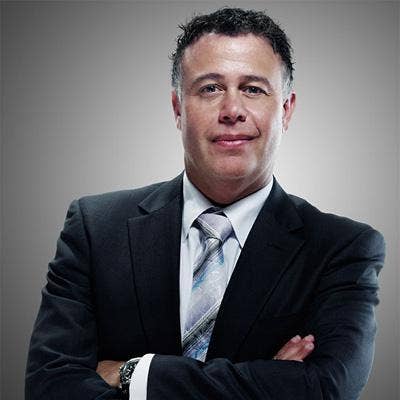
Live With Weisler
HP Inc. CEO Dion Weisler spoke with CRN at the Americas Executive Forum in Phoenix about the plan to use HP.com's online shopping site to drive sales leads to partners, the significant sales pipeline around PC and device as a service, and new product innovation.
The new revolutionary HP.com online shopping model comes on top of a decision to make additional investments in an HP inside sales unit that was set up in Rio Rancho, New Mexico, last year to drive leads to partners.
What's more, it comes just three weeks after HP Inc. moved 30 percent of its direct accounts -- about 1,500 customers -- to its partners. Under that initiative, HP is ratcheting up the already tight ties between its direct sales force and partners in the as-a-service era. The new HP.com business model shift raises the channel commitment bar even higher.
Effective May 1, the HP.com online shopping store site will no longer be a stand-alone sales team measured on sales volume on the website but rather on the total number of transactions that it drives to partners in each of the regions.
Weisler said the move eliminates HP.com as its own separate P&L battling for sales against partners and draws a "revolutionary" distinction between HP and its competitors.

How big a breakthrough is the move to leverage HP.com to sell more through commercial partners?
This is the next punch in a series of punches to double down on the channel. We are fundamentally going to change the way we think about HP.com. There is no doubt that customer buying behavior is changing. Omni channel is real. People's journey begins sometimes online. Sometimes it begins in a store. Sometimes it begins with a channel partner. They go. They research. They move around. But, ultimately, a sale takes place somewhere.
We believe that HP.com does not have to mean direct. It is about enablement. What we did was make a very big strategic change. We took HP.com, which currently exists today as a fourth P&L or fourth region, and we have taken them and we have moved them under our three regional leaders for EMEA [Europe, Middle East and Africa], Americas and APJ [Asia-Pacific Japan]. They now are part of the rest of that organization.
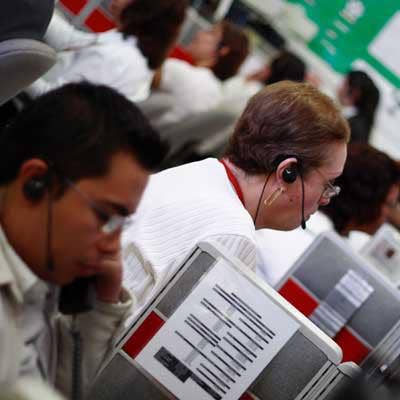
How does the HP.com shift affect how it is measured with regard to partner enablement?
They are not goaled on how many sales they make. They are goaled on how many sales they enable. That is a fundamental difference. They have moved away from being a P&L center to being an enablement for the channel. We have all this expertise and we have many channel partners that are somewhere along the journey to dot-com their businesses. What we want to do is take that expertise and help partners become dot-com-enabled. That is how we are now goaling this team. So they are now part of the overall go-to-market motion.

How big a differentiator is this for HP?
We are definitely first-movers here. Most dot-com organizations exist to sell directly to customers and that is not the mission for this team. It is revolutionary for the channel today. We grew up in the channel. We have such a great relationship with our channel partners. We don't want to be fighting against them. We want to be working with them. I think that is a fundamental difference.

How is this going to change the way customers buy and drive high-value, contractual relationships for partners?
Customers are increasingly becoming more savvy. They are self-educating. That journey happens online. It happens through many trusted sources. It happens through social media. We have to change the way we operate to fit the way consumers are now buying. They are increasingly moving from these transactional motions to contractual motions. They are doing all that research online. So we have to think about not only the way we operate HP.com, but we have to think about how we market differently in the future as well.
We are switching our resources from sort of traditional methodologies to much more of an online conversation with the influencers, directing [customers] to our channel partners. That's how we think about that whole market engine. It is not any one thing done in isolation. It is many of these pieces of the puzzle moving towards that ultimate journey where a customer says, 'I want to have a deeper, more strategic relationship with my channel partner.' We want partners to take the best products and services we have to offer and enter into that contractual relationship. It is a much more strategic long-term relationship.

Talk about the series of steps you have taken to double down on the channel in recent months.
You either believe in the channel or you don't. For us, it is about not being a one-trick pony. If you are going to say you are channel-centric, then be channel-centric and have consistent proof points that you are directing business that way.
HP.com is just part of the evolution. We have done this one, two, three punch. The first thing we did last year was the investment we made in our Rio Rancho call center here in the U.S. We put in inside sales folks not to generate direct sales, but to take leads and turn them over to the channel. [Whoever] came up with the notion that says an inside sales rep has to be for direct business is wrong. You can have an insides sales rep that is really effective turning over real leads and real business. It is fantastic, and we are going to invest more in it.
We are actually going to invite our partners to sit with us in Rio Rancho so that we can make that handover more smooth. Then we moved 30 percent of the direct accounts to the channel.

Talk about driving long-term contractual relationships with partners around device as service.
It started, of course, with managed print services. We added to that with two programs -- partner managed print services and channel managed print services depending on what kind of partner you are.
We are seeing a very large switch from transactional motions to contractual motions, and that is great news for a channel partner because they are not in a reverse e-auction every year. They are building a really meaningful relationship with their customer where they can add real value for the customer. That business is going great.
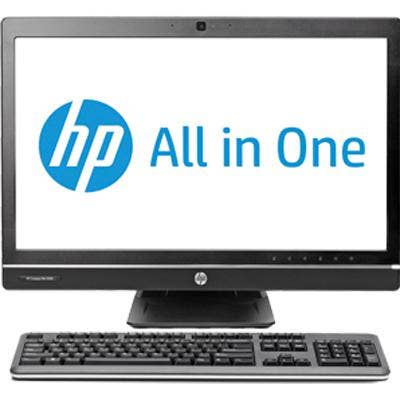
What kind of demand are you seeing around PC or device as a service?
The fastest-growing funnel we are seeing is PC as a service. It is incredible. We are taking the infrastructure that we have built over the last four years from managed print services and applying it from birth to burial for the PC as a service as well. That is a tremendous opportunity. [HP Americas President] Christoph [Schell] alone in three short months has gotten hundreds of millions of dollars of pipeline. That is all going to operate through the channel.

What is the opportunity for partners to work with HP on those deals?
It is not just a lease. That is the confusion. Most customers think this is just a simple lease or you simply add on extended warranty. It is much more than that. It is about how you take a product all the way through its life cycle, how you work with a partner to add on that value. So if you are a channel partner today and you want to have a really sticky value-added solution for your customer, there is no one else in the industry doing PC as a service like we are. It is fundamentally different. It is built on all the core tenets that we have been working on for the last four years with managed print services. Come talk to us.
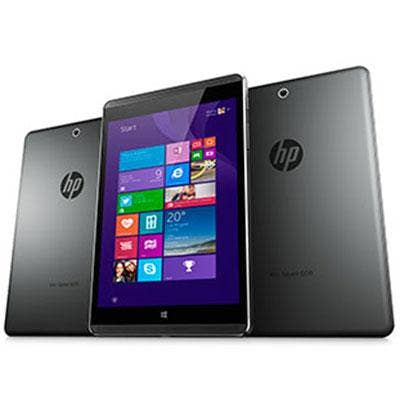
What are you seeing with regard to customer mind-set on device and PC as a service?
The category has become so complicated. It used to be simple. You would buy a desktop or you would buy a notebook. Customers today have a need for mobility devices, thin clients, workstations, PCs, notebooks, 2-in-1s, convertibles. They don't want to have to standardize on any one thing because they want to be able to fit the device to the complexity of the task. What a PC as a service does when done properly is you can start now pinpointing the right device for the right task. It doesn't matter whether you are a small or medium business that doesn't have an IT organization or whether you are a really large organization. The spread of customers includes very large banking institutions down to companies that have 10 to 20 people. And we have different solutions to cater to the different kinds of customers.
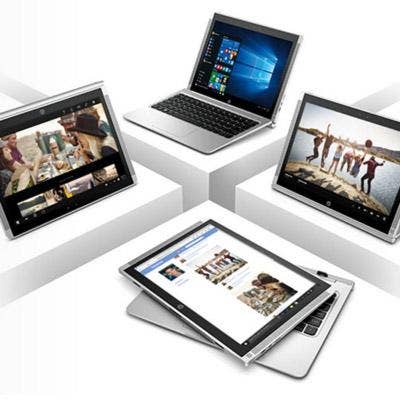
Talk about the product portfolio and what role partners play in influencing the product direction here at HP Americas Executive Forum.
We started doing this first with consumer [channel partners]. We bring them into intimate settings and we share a road map well out into the future and we ask, 'You are closer to the customer. What are you hearing? What are you seeing? And how can you influence the road map?'
That has been so successful for our consumer lineup we are doing it with our commercial lineup. We are bringing our best commercial partners here and they are influencing our road map. They are now part of the road map. They are part of the journey. They are part of the business model creation because innovation is about more than just the product. It is the go-to-market. It is the business models you put together and it happens across the course of this week. It is an annual event where we can bring these partners in and [when] the product rolls out a year from now they say, 'I was part of making that happen.' They say, 'HP listened and now we have a product fit for purpose for customers.' That is when the magic happens and the sales increase.

How is the doubling down on product and business model innovation paying off?
You only have to look at the share gains we have taken in the areas we said are important to us. We had the highest commercial market share we have ever had last quarter. That comes from the great work that we have done together with our partner community -- more than 250,000 channel partners around the world. It is working.
We recognize that these guys have a dollar to invest and there are many people vying for that dollar and no one owns a channel partner. At best, you have got a long-term lease. We like to think we have really nice long- term leases built on trust and relationships and a real listening attitude. I think we do that well. But we can never stop. You can never take it for granted. The day you become complacent about that you start to fall back.
So we are happy to get the criticism. We are happy to hear what is working: the good, the bad, the ugly and focus on those things. And then the scoreboard speaks for itself.
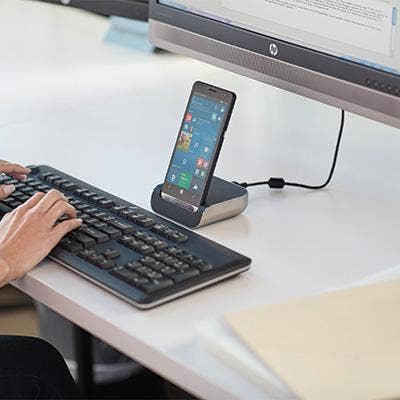
What are some of the examples of product innovation that is changing the game for partners?
We had a commercial product [HP EliteBook Folio G1] win the CES Award. How does a commercial product win a Consumer Electronics Show? Because we said that the consumer and commercial world will blend and they are. So we took all of the attributes that the consumer world is telling us they want and put it into a commercial product. And customers are lining up to get access to the product. Then you saw it again at Mobile World Congress – more than two dozen awards for a single product [the Elite x3] and all of this stuff being informed by what our partners are telling us and where we see the markets going
The proof points are in [market] share, the awards we are receiving, the Net Promoter scores, the quality of the products. Almost everywhere you turn we are demonstrating that we are the pillar of strength in the industry. There are a lot of people distracted. I think there will be more.

Talk about the focus you now have as an independent company.
We wake up every day and all we think about is printing and personal systems. Our guys are so focused on it. Our partners are focused on it. That is the end game. When we are doing that, it translates to good business.

Give us some insight into the road map going forward and the pace of product innovation.
On the personal systems side, you are going to see advancements in curved displays, advancements in mobile devices, 2-in-1s, convertibles, detachables. [You will see] a real focus across the portfolio on design because design really matters. Stacy Wolff [global head of design for HP), our chief designer, will painstakingly spend hundreds of hours on the design of a hinge, the color selection. He and his team are doing an amazing job.

What kind of bet is HP making around secure printers?
In printing it is all about how we can make devices that are rock-solid secure. In many cases, the printing device is the Trojan horse on the network. A lot of people are bolting up PCs, servers and clouds and data centers, but that printer has a blue cable connected to it and the bad guys will go to the path of least resistance. So what we have done is built vaults around our printing lineup. We have got a great mix of both ink and laser, but we have created this third category called PageWide and it is a real revolution.
Making sure it is all vaulted and secure is really resonating. Every CEO and CIO that I speak to, almost their No. 1 or No. 2 concern across their organization is security. So we have real bent towards that.
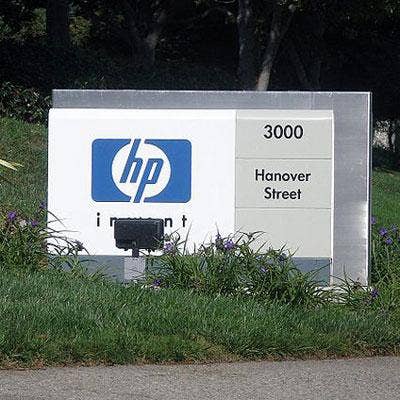
What is going to be the net impact of the business model and product innovation that HP is driving with partners?
The net impact is when they bet with HP they are going to outpace the market and outpace the completion.
In markets where there is a lot of churn and a lot of uncertainty, we are the pillar of strength right now. If they focus with us they are going to do better in the market, grow their businesses and do it in a really sticky meaningful way that adds value to their ultimate customer.